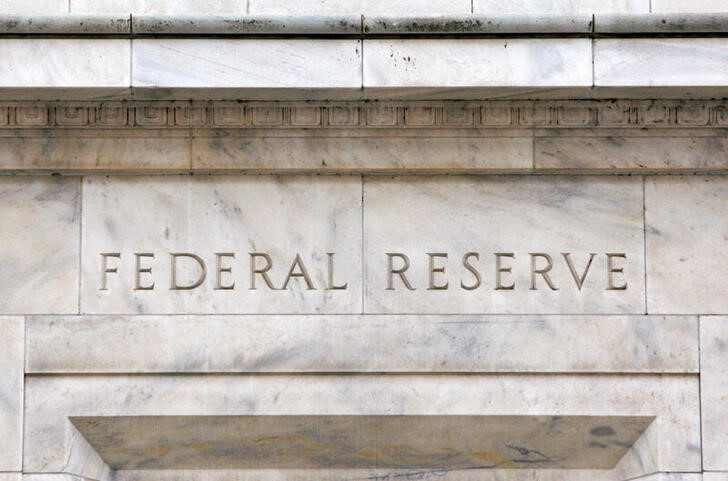Bank of America economists expect the Federal Reserve to maintain its policy rate unchanged in July while indicating that progress on reducing inflation has resumed.
The Fed is optimistic about the possibility of near-term rate cuts but is unlikely to signal that a September cut is a "done deal,” economists said in a note.
"It could happen, but it would depend on the data. This was the general tone of most FOMC members that delivered public remarks recently," they noted. While the inflation data has been encouraging, more evidence is needed before policy rate normalization can begin.
BofA also believes that Fed Chair Jerome Powell will signal a shift in the Fed's focus from solely inflation to a more balanced approach. Previously, with inflation far from its target and employment closer to its goal, the Fed prioritized inflation.
"Now, with smaller deviation in inflation and employment from target, the Fed’s attention can be more balanced. Cuts can happen because the economy cools, because inflation slows, or both."
Despite markets pricing in a full rate cut in September and roughly 2.5 cuts this year, the Fed may not need to strongly endorse a September cut. The more intriguing question is whether they will push back against market expectations, economists pointed out.
"If there is pushback, we think it will be mild,” they wrote.
“After all, Powell has said the committee remains data dependent and decisions will be taken on a meeting-to-meeting basis.” Powell will have another opportunity at the Jackson Hole symposium in late August to either validate or counter market pricing, economists said.
Overall, BofA continues to hold the view that the Fed will cut rates once this year in December and are less concerned about the risks of a sharper economic slowdown. However, they acknowledge that a September cut is now closer to their baseline.
"We think markets are back to being overly optimistic about the upcoming cutting cycle. A dovish Fed, soft July employment, or a repeat of June inflation could change our thinking."
On the flip side, a strong July unemployment report and uneven inflation data, complementing the above-consensus 2Q GDP print, could lead the Fed to delay rate cuts beyond September, economists noted.
